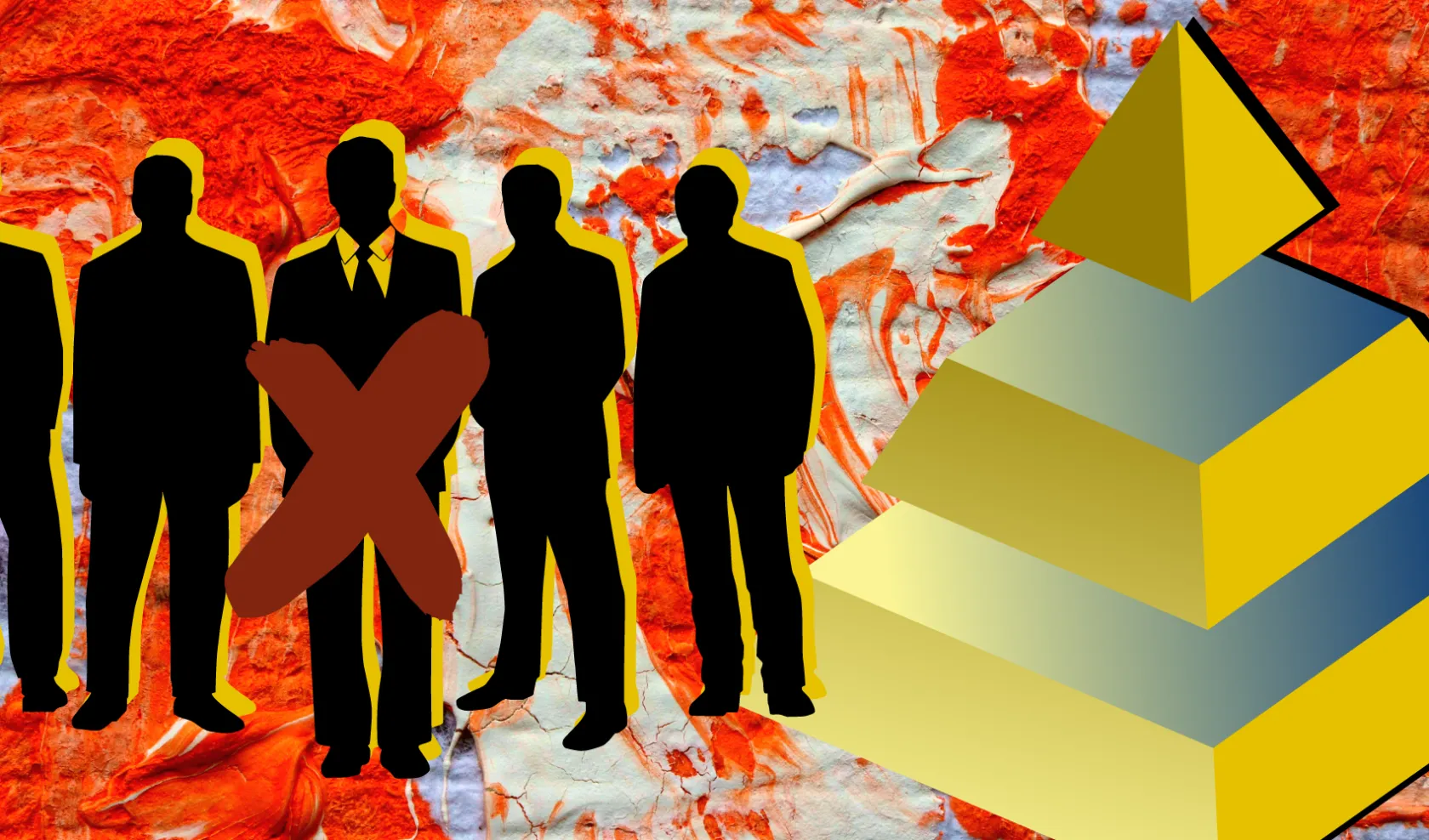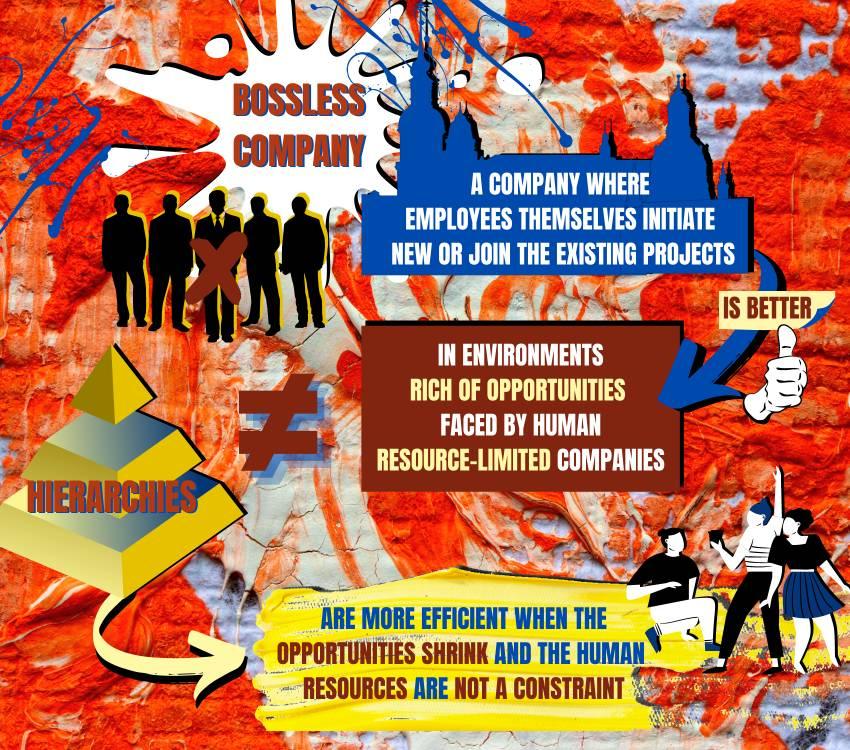
Who Dreams of Working for a Bossless Company?
Working for a bossless company, i.e. a company where instead of managers telling employees which projects they should work on, employees themselves initiate new or join the existing projects, can sound like a dream to most of us. Too often, though, it has become a nightmare for employees of bossless companies that, after an initial bout of success, have been forced to lay off workers (as in the case of Valve, a videogame publisher and distributor) or to reverse to a traditional, hierarchical structure (as at GitHub, a provider of Internet hosting for software development).
A model developed by Bocconi Assistant Professor of Management Harsh Ketkar with Maciej Workiewicz (ESSEC Business School) and published in Strategic Management Journal highlights the contexts where a bossless organization works better than a hierarchy and where it does not.
The point, the authors note, is the balance between available opportunities and available human resources. Decentralization has the upper hand when resource-limited companies work in environments rich with opportunities, while hierarchies are more efficient when the opportunities shrink and the resources are not a constraint.
Infographic by Weiwei Chen
"A bossless company is good when the organization has to aggressively search in all directions not to miss the next big thing," Professor Ketkar said.
Opportunities for a company can dry up and resources can become more abundant for many reasons, and in these cases hierarchies should kick in.
When a company size, grows, for instance, available human resources increase relative to opportunities, and it may no longer be feasible to maintain self-selection. Even in case of a steady size, the industry can evolve. After the initial burst of opportunities, when new applications and market segments are being discovered, the market's growth slows, and readily available opportunities for growth diminish. The effect on the organization is the same: hierarchies end up having the upper hand.
The mechanism that leads the bossless company to a crisis is not the increasing span of control and communication difficulties, as commonly asserted, but the compounding of evaluators' errors. Employees overcrowd certain projects, with no proof of their superior profitability.
"Our results don't mean we must dismiss the bossless company," Prof. Ketkar said. "We highlight pathologies of both self-selection and hierarchies and conclude that self-selection performs better when a company is understaffed with respect to the projects it can pursue. Centralized allocation, on the other hand, allows organizations to avoid overcrowding on opportunities when opportunities are few."
Furthermore, the authors analyze the workings of five policy levers used by companies to mitigate the weaknesses of self-selection, namely:
(a) allowing employees to change the project on which they are working,
(b) imposing a condition on the minimum number of employees required to initiate a project,
(c) instituting a profit threshold for selecting projects,
(d) introducing a mid-level manager who approves or rejects projects selected by workers,
(e) offering strong incentives to the manager so that she can review more projects in a more accurate way.
The analysis reveals that all the above levers are effective up to a point, but their efficacy also depends on the ratio between resources and opportunities.
Harsh Ketkar, Maciej Workiewicz. "Power to the People: The Benefits and Limits of Employee Self-Selection in Organizations." Strategic Management Journal, Early View. DOI: https://doi.org/10.1002/smj.3349.